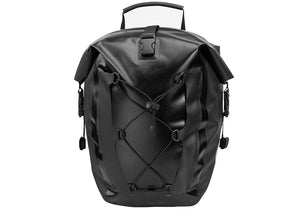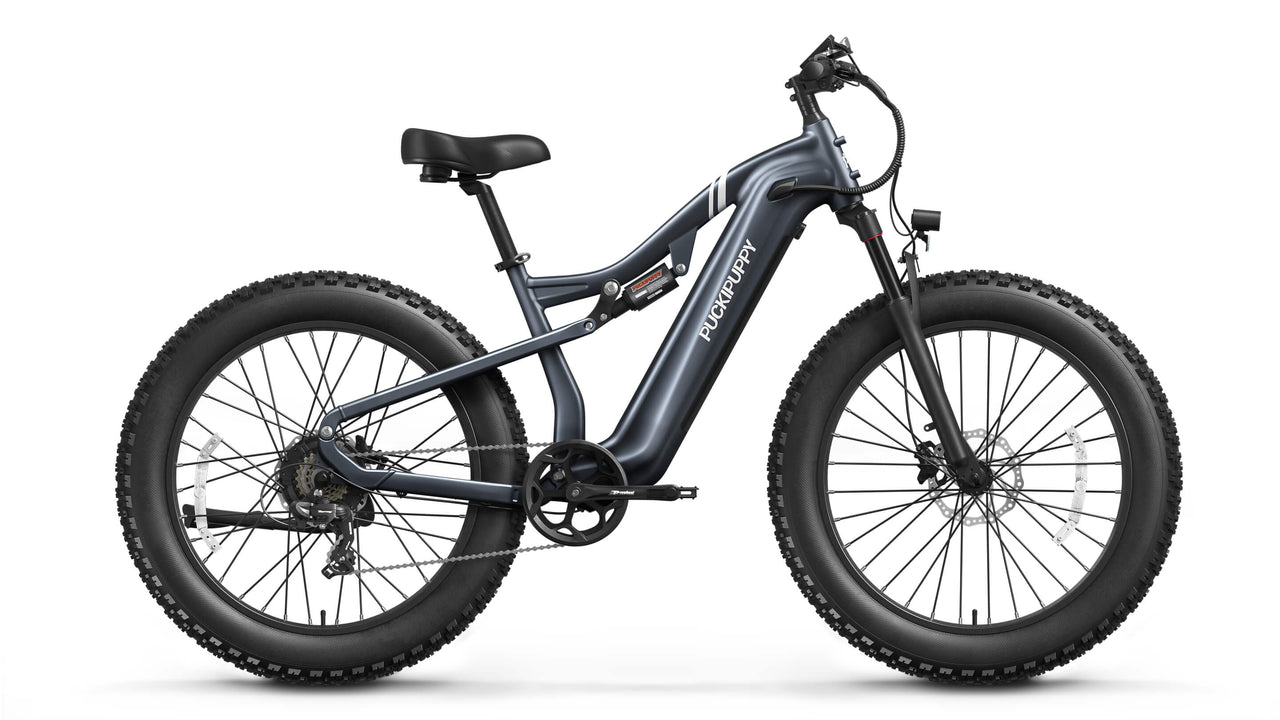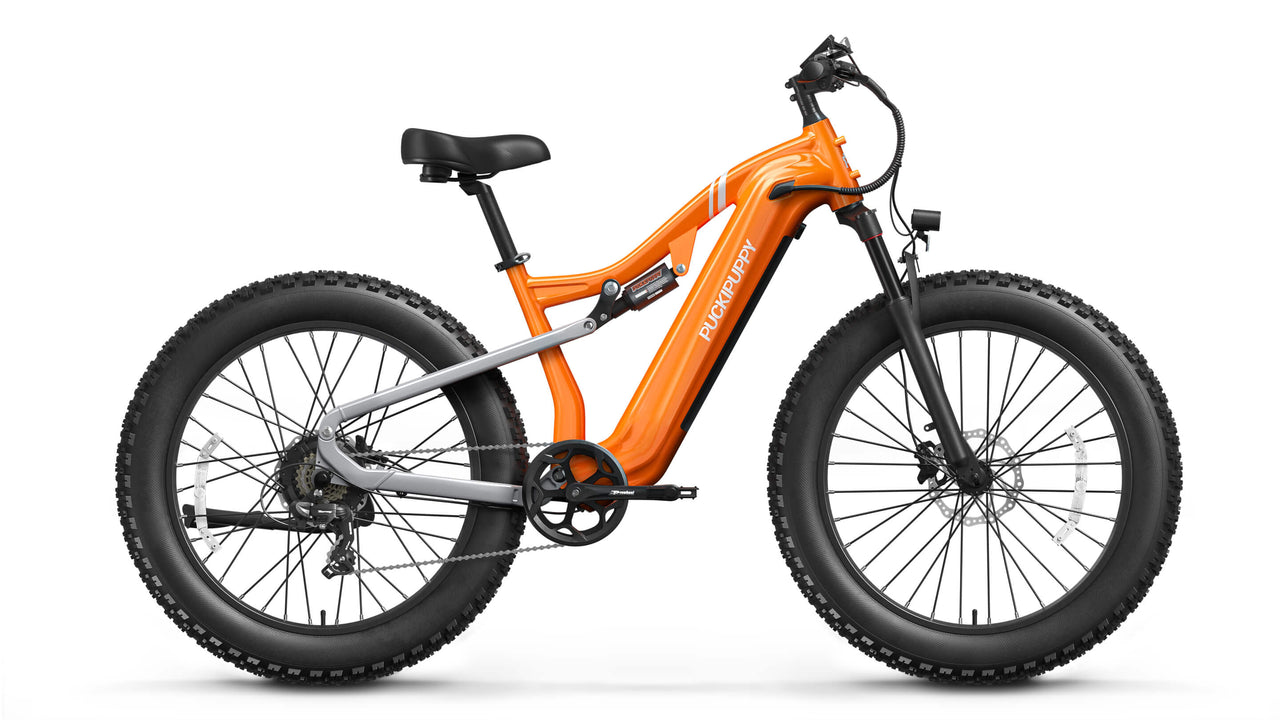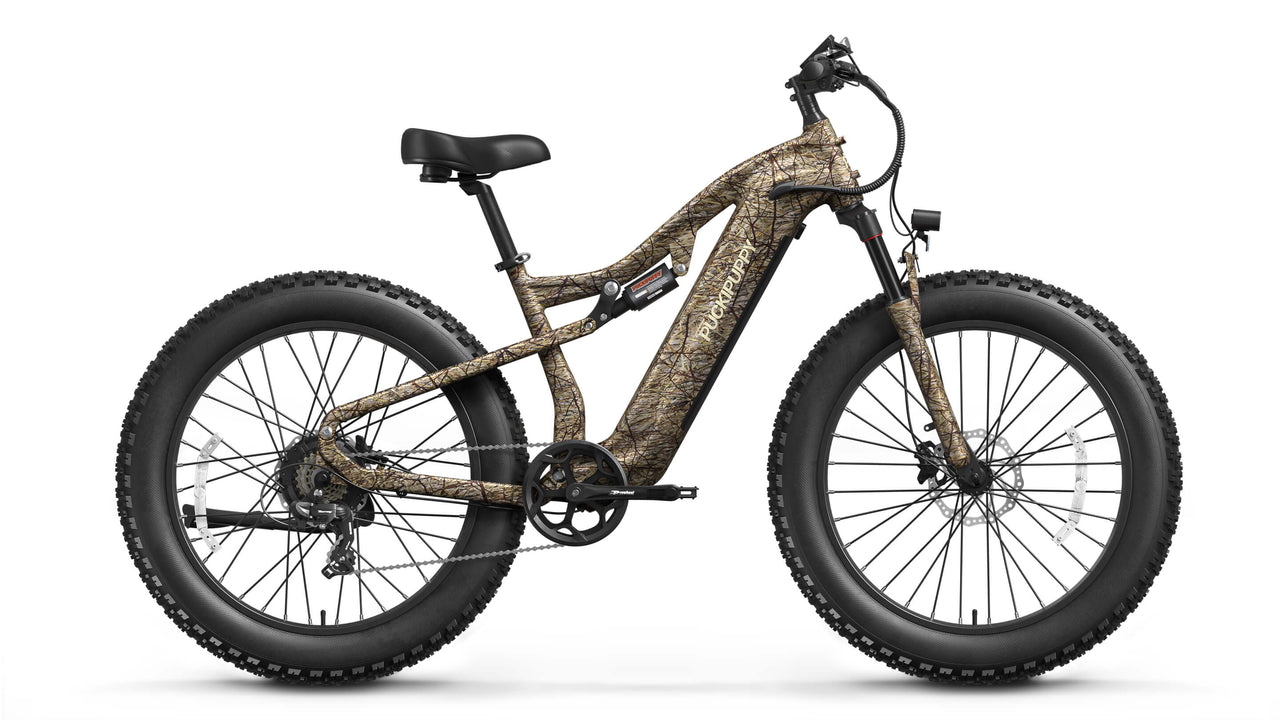Riding in Cold Weather:
-
Dress appropriately: Layer your clothing to stay warm and comfortable. Opt for moisture-wicking and insulating materials. Don't forget to wear water-resistant gloves, apparel, and shoes to protect yourself from the cold.
-
Protect your neck and face: Consider using a tube scarf, neck gaiter, or balaclava to shield your lower face from the cold air. These options provide better protection than a typical scarf.
-
Start slow: Adjust your riding style and speed to accommodate winter conditions. Begin with a test ride without the motor on to get a feel for the terrain. Drive more slowly than you would in the summer and allow for extra time for braking. Be cautious of black ice.
-
Riding Tips: Be cautious when turning, especially at slower speeds, and allow for adequate braking distance. Be mindful of icy surfaces and use appropriate lighting to improve visibility.
Riding in Snowy Conditions:
-
Choose the right tires: Opt for studded models for hard-packed snow and ice or fat knobby tires for softer snow. Lower tire pressure allows for better traction on loose terrain like snow, sand, and loose dirt.
-
Clean your bike: After each ride, wipe down your Ebike to remove salty mud or snow. Pay attention to areas that can corrode if left with a salty glaze. Occasional cleaning with water and soap can help remove winter debris.
-
Riding Tips: Bend your knees slightly to absorb the bumps and impacts when riding on icy and snowy roads. Brake gently and gradually to avoid losing traction and control due to sudden braking. Stay alert to changes in road surfaces such as potholes, bumps, or ice patches and plan your route accordingly.
Storing Your Ebike Properly in Cold Weather:
-
Temperature: It is very important to store the e-bike in a place with a suitable temperature. The optimum storage temperature is 32° to 68° Fahrenheit (0° to 20° Celsius).
-
Dry: Make sure the storage environment is dry and away from places with high humidity. Avoid storing your e-bike in damp places to prevent parts from rusting and getting damaged.
-
Indoor storage: If possible, store the E-Bike indoors, such as in a garage or indoor storage room. This will better protect it from the elements.
Battery maintenance:
-
Temperature control: Batteries are very sensitive to extreme temperatures. If your E-Bike has a removable battery and will be stored in an extremely cold (or extremely hot) environment (such as an uninsulated garage), it is recommended to remove the battery and store it at room temperature (55-75 degrees Fahrenheit) , i.e. 10-25 degrees Celsius). If your E-Bike does not have a removable battery, the entire vehicle should be stored indoors.
-
Charging status: If the e-bike will be stored for more than 30 days, it is recommended to charge the battery to 50-70% capacity. Batteries should not be fully charged or completely drained as this can damage the battery and shorten its life. Check the battery's charge every month and charge it to the 50-70% range if needed.
Tire Maintenance and Cleaning:
-
Clean: After every winter ride, wipe your E-Bike with a damp cloth to remove salt and dirt. Avoid using too much lubricant, as too much lubricant can attract dust and dirt. If you are unable to rinse your E-Bike with water, you can wipe it clean with an old cloth, especially making sure that the salt water does not dry on the bike.
-
Chain cleaning: Clean your chain regularly and use a specialized bicycle chain lubricant. If there is a lot of dirt on the chain, you can use chain solvent and an old toothbrush to clean it.
-
Tire inspection: Check tire pressure before riding. In winter, tire pressure should be slightly lower than in summer to improve traction in winter conditions. Depending on your area, consider purchasing winter tires, especially ones with studs for added traction.


























































